Key Steps of a Business Consulting Process: Unlocking Growth and Efficiency
- Developer
- March 13, 2024
- Edited 9 months ago
Table of Contents
When a business faces challenges it can’t seem to overcome, it’s like a call to adventure for the heroes of the business consulting world. These seasoned professionals step into a company’s story not with a magic wand but with a toolkit tested by time and experience. The business consulting process is their guide, a structured approach that helps them dissect problems, devise strategies, and implement solutions that lead to tangible improvements.
Next, we’ll explore the key steps of the business consulting process and discover how it creates value and drives growth. Let’s get started.
Understanding the Business and Its Environment
The first step is like laying the foundation for a new building. Consultants deeply dive into understanding the business, its goals, and the environment in which it operates.
They look at everything from the company’s history, culture, structure, market position, competitors, and industry trends. This approach ensures that every stone is turned on and the proposed solutions will be as relevant and effective as possible. It’s all about getting the complete picture before moving to the drawing board.
At this stage, communication is vital. Consultants engage with various stakeholders through interviews, surveys, and workshops. This not only helps gather essential information but also builds trust and rapport, which are crucial for the success of any consulting engagement.
Defining the Problem(s)
With a clear understanding of the business, the focus narrows to identifying and defining the problems or challenges that need addressing.
This might sound straightforward, but it often requires peeling back layers of symptoms to uncover the root causes. It’s like being a detective, where asking the right questions is as important as finding the answers.
This step ensures that the business consulting process targets what indeed hinders the company’s growth or efficiency. Consultants use various tools and methodologies, like SWOT analysis or root cause analysis, to ensure that the identified problems are accurate and comprehensive.
Developing a Strategy
Once the problems are identified, the next step is crafting a strategy to solve them. This is where creativity meets experience. Consultants draw on their knowledge, industry best practices, and innovative thinking to design tailored solutions that fit the business’s unique needs.
The strategy might include short-term fixes to address immediate pain points and long-term initiatives to achieve sustainable growth. It’s a plan that looks at not just where the business wants to go but also the best route to get there, considering potential obstacles and opportunities that may arise along the way.
Implementation Planning
A brilliant strategy on paper is one thing; bringing it to life is another. This step focuses on turning strategy into action. It details the who, what, when, and how of executing the proposed solutions. This includes setting timelines, assigning responsibilities, and determining the resources needed.
Consultants often work closely with the company’s team to ensure that the implementation plan is realistic and that the business can carry it out. It’s about bridging the gap between aspiration and reality, ensuring that the strategy doesn’t just look good on paper but works in the real world.
Execution
This is where the rubber meets the road. The execution phase is all about action. It’s a dynamic process, with consultants often actively guiding, monitoring, and adjusting the plan as it unfolds. This hands-on approach helps navigate the complexities of change management and ensures the implementation stays on track.
Once again, communication is crucial. Regular updates, feedback loops, and adaptation are part of the game. This phase concerns teamwork and perseverance, pushing through challenges, and celebrating milestones.
Review and Adjust
No business consulting process is complete without a thorough review of the outcomes. This final step evaluates the solutions’ effectiveness, comparing actual results against expected outcomes. It’s a time for reflection, learning, and, if necessary, course correction.
This phase ensures that the solutions have addressed the immediate issues and positioned the business for future success. It’s about closing one chapter and preparing for the next, armed with new insights and strategies.
Fostering Continuous Improvement
The journey doesn’t end there after the initial goals are met and the solutions are in place. The final but perpetual step in the business consulting process is fostering a culture of continuous improvement.
It’s about keeping the momentum going ensuring that the business adapts to the current landscape and is prepared for future challenges and opportunities. This step secures the long-term success and sustainability of the improvements made.
In this phase, consultants often help businesses establish metrics and systems to monitor performance and progress continuously. It’s about empowering the company with the tools and mindset to question, innovate, and evolve independently. This proactive approach helps businesses stay ahead of the curve, adapting to changes in the market, technology, and customer expectations.
Fostering continuous improvement is also about embedding a culture of excellence within the organization. It encourages teams to strive for better, learn from experiences, and view challenges as opportunities for growth. This mindset shift is often the most significant legacy a consultant can leave behind: a resilient, agile, and always-looking-forward business.
Conclusion
The business consulting process involves discovery, strategy, action, and evolution. It’s about partnering with businesses to tackle challenges, seize opportunities, and drive growth. By following these key steps, consultants help companies transform visions into reality, ensuring the path to success is imagined and achieved.
Whether you’re in the consulting or business world, understanding and embracing this process is a powerful way to unlock potential and pave the way for a brighter future.
Read More:

